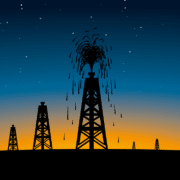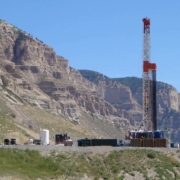Winter temperatures below seasonal norms in the northern hemisphere have created a rally in natural gas prices from Asia to Europe. The spot liquefied natural gas (LNG) prices in north Asia jumped to record highs last week, while the key price marker in Europe, the Dutch Title Transfer Facility (TTF), rallied to the highest in more than two years.
The natural gas markets at the start of 2021 look completely different from the beginning of last year, when milder weather and the pandemic hit to demand had dragged natural gas prices down to historic lows.
This winter season, a rebound in Asian natural gas demand, supply issues at major LNG exporters, logistics issues at the Panama Channel, soaring tanker rates, and last but not least, the cold snap from Madrid to Tokyo, are pushing gas prices higher.
Even when temperatures return to seasonal norms in coming weeks and the Polar Vortex-induced cold spells in Europe end, natural gas prices will continue to be supported through the spring and summer, as buyers would look to restock, analysts say.
Click here to read the full article.
Source: Oil Price









